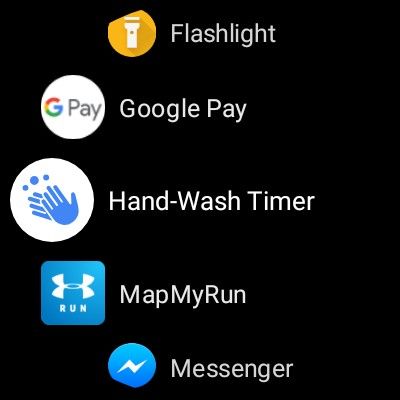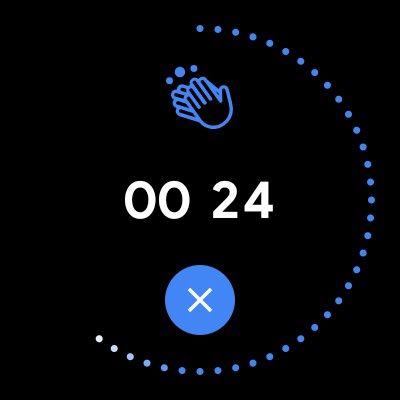Back in September last year, Xiaomi first unveiled MIUI 11 alongside its experimental Mi Mix Alpha, Xiaomi Mi 9 Pro 5G, and a new Mi TV Pro lineup. The latest version of MIUI introduced a new animated AOD, improved visuals, and more to several Xiaomi devices, with the company rolling out several more features over the last couple of months. However, towards the end of last month, a post on the China chapter of MIUI Community revealed that the company had officially halted beta development for MIUI 11. This led several Chinese tech bloggers to suspect that the company was shifting focus on the development of the next major update for MIUI — MIUI 12. While the company hasn’t officially confirmed these rumors yet, it may have accidentally leaked some of the new MIUI 12 UI on the MIUI Community forums.


For the unaware, Xiaomi regularly uploads beta versions of its various apps to the Chinese MIUI Community forums. Sticking true to this trend, the company shared an updated version of the MiSettings APK just a couple of days ago. On inspecting the latest APK, XDA Junior Member kacskrz discovered that the new MiSettings app had a bunch of new Settings pages that looked radically different from their counterparts in older versions of the app (see attached screenshots).


While we don’t have a full MIUI 12 firmware dump or a device running MIUI 12 yet, we believe that the new UI in the beta version of the MiSettings APK will, most likely, be what we’ll see in the upcoming MIUI 12 release. Xiaomi seems to have realized this mistake and has since removed the new Settings pages in the latest beta release of the MiSettings APK.


As you can see in the screenshots above, the new UI brings some major design changes to the Refresh rate settings and gives the Focus mode a new tab in the Screen time settings. The Screen time settings also show a new graph style for the weekly usage, along with a cleaner UI for individual app usage time in the daily screen usage section.


It’s also worth noting that the UI changes are a bit inconsistent, which suggests that this is just a preliminary version and Xiaomi might make some more changes to it before it’s finally released with MIUI 12. For instance, while the company has removed most gray elements, like the box backgrounds, from the dark mode in some of the pages, it has added gray elements in the display color calibration settings which previously had no gray backgrounds for the buttons.
Thanks to XDA Junior Member kacskrz for the tip and screenshots!
The post Xiaomi may have accidentally leaked its new MIUI 12 UI appeared first on xda-developers.
from xda-developers https://ift.tt/2VyrXle
via IFTTT




















